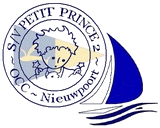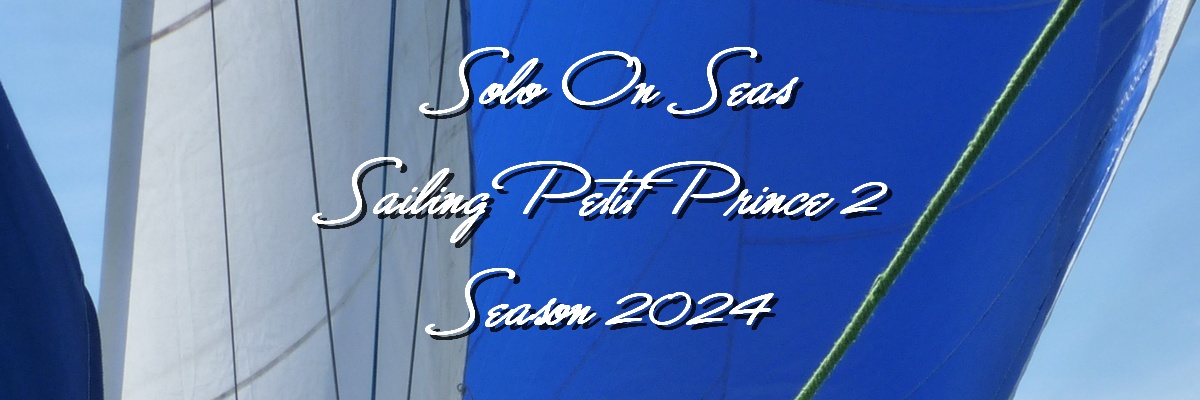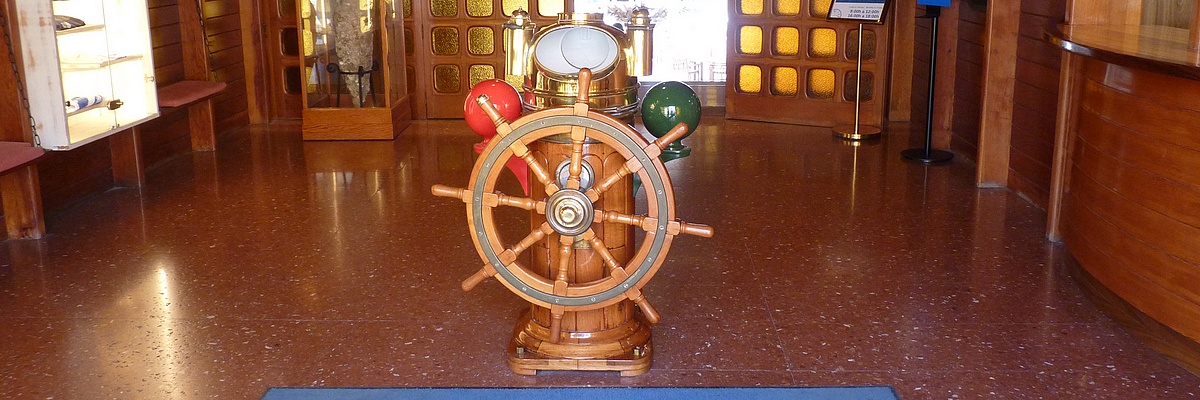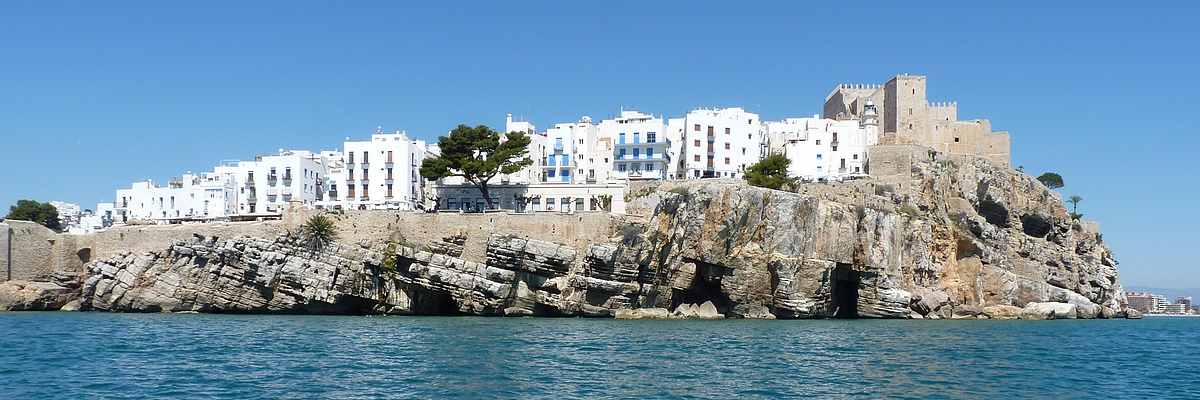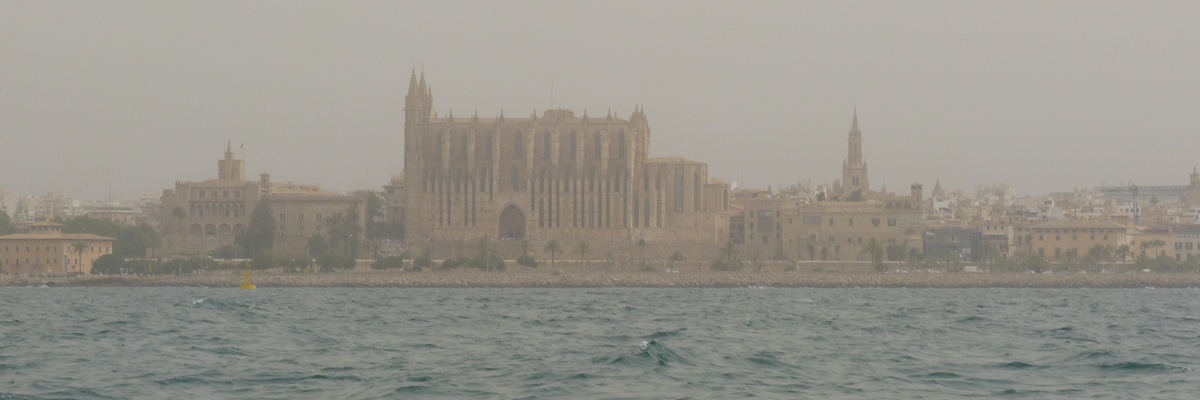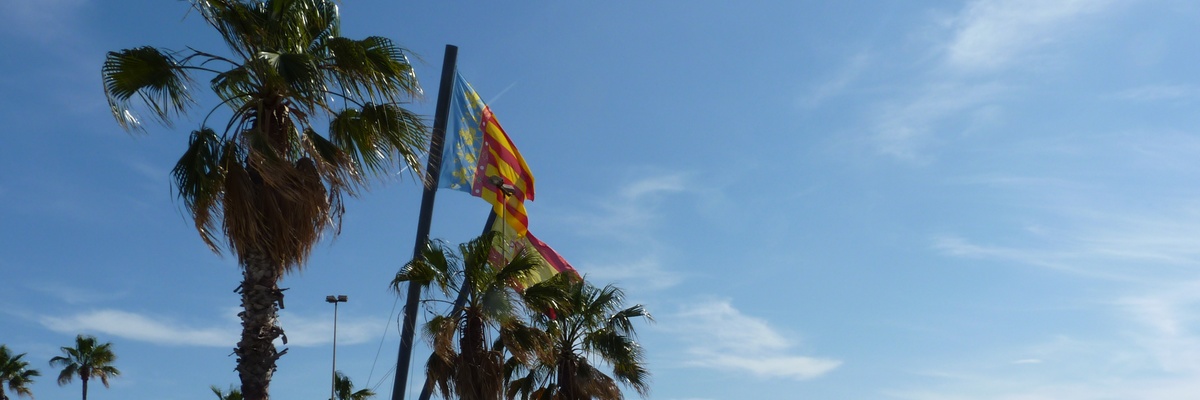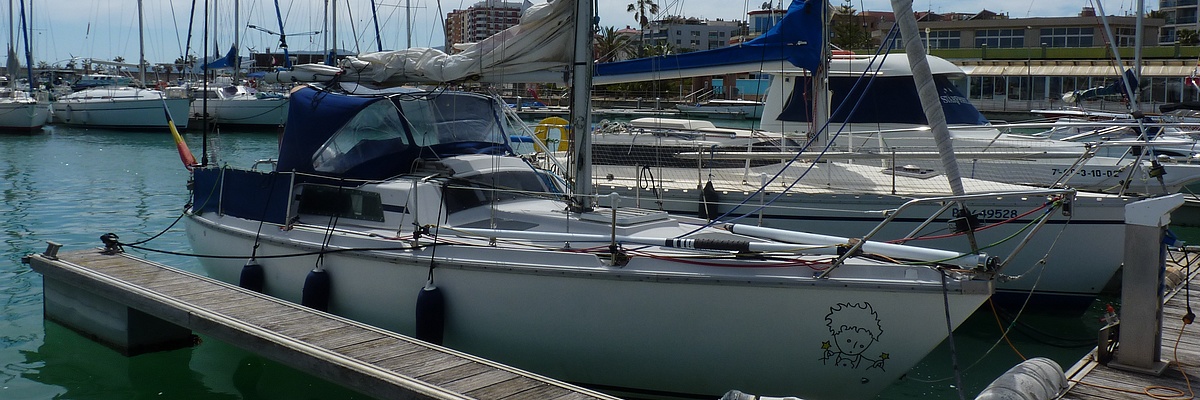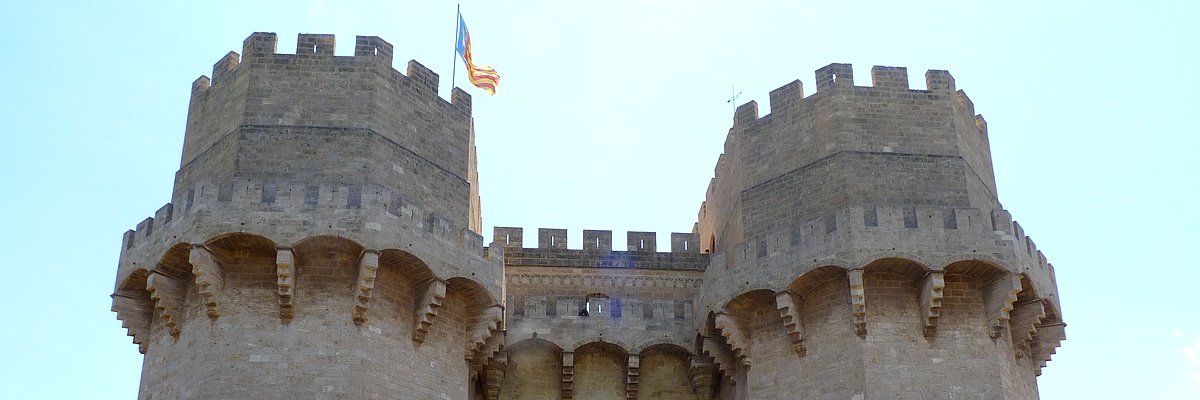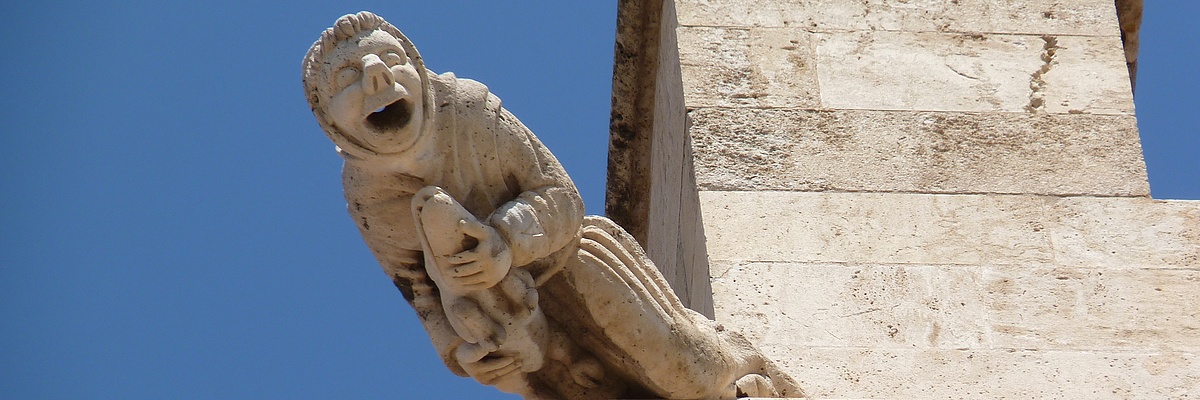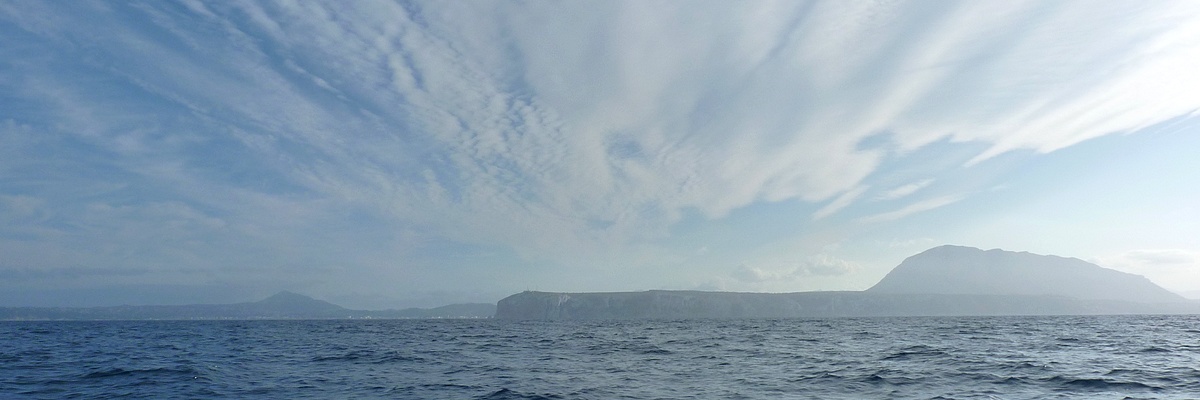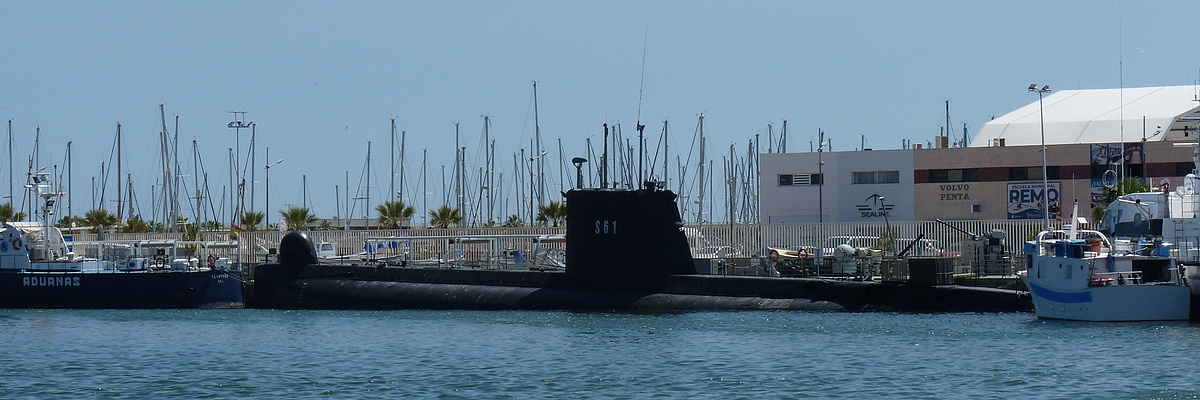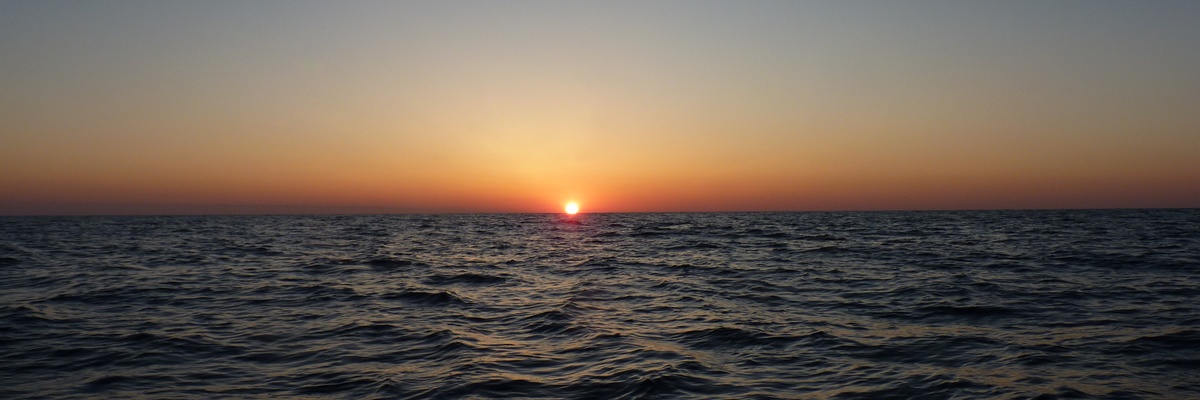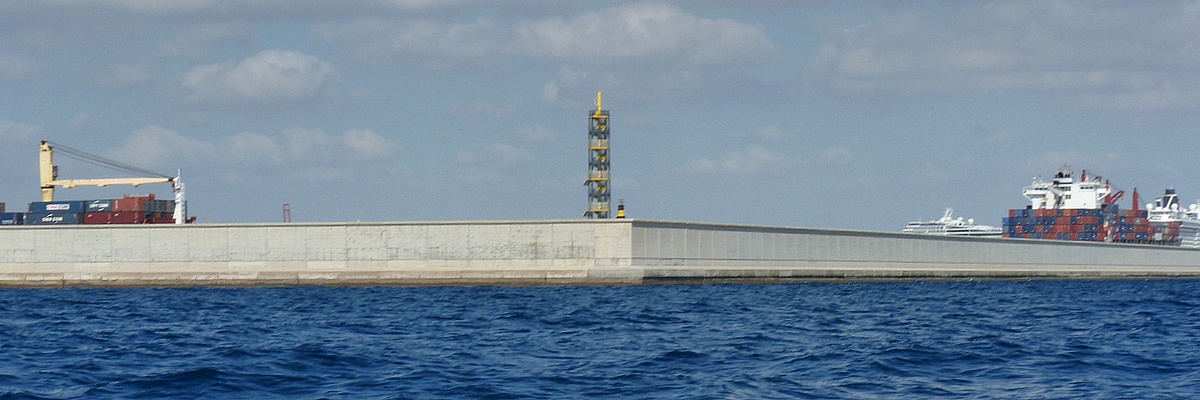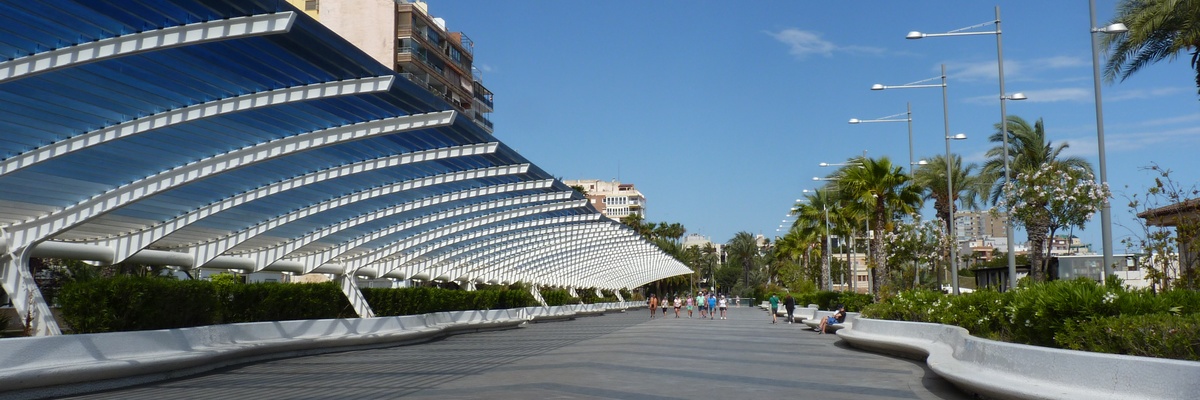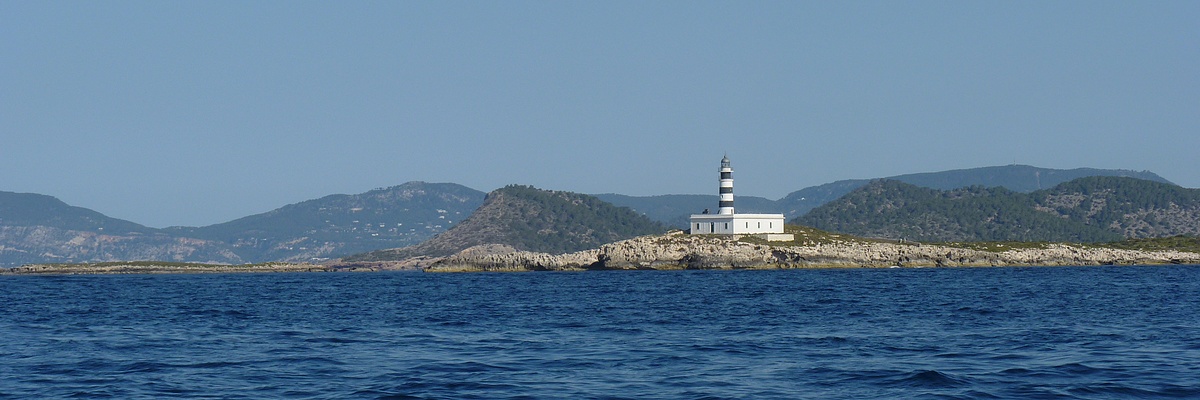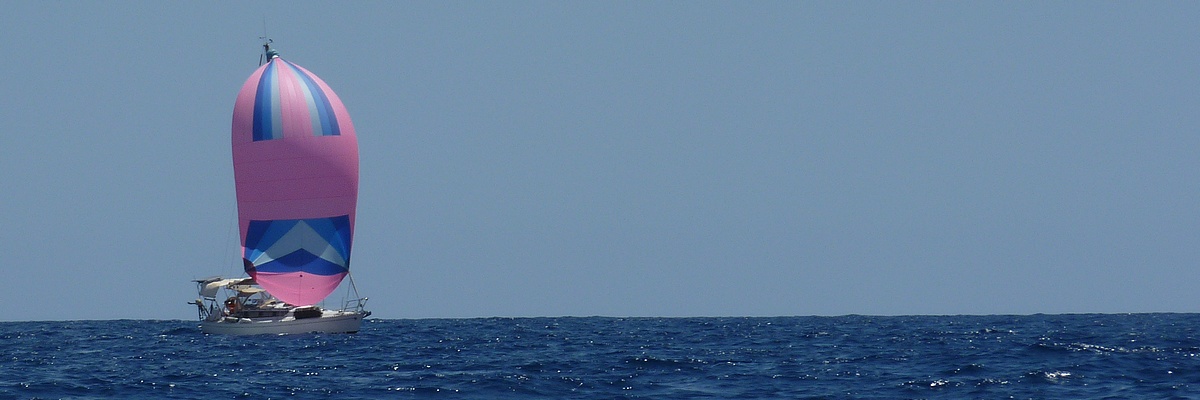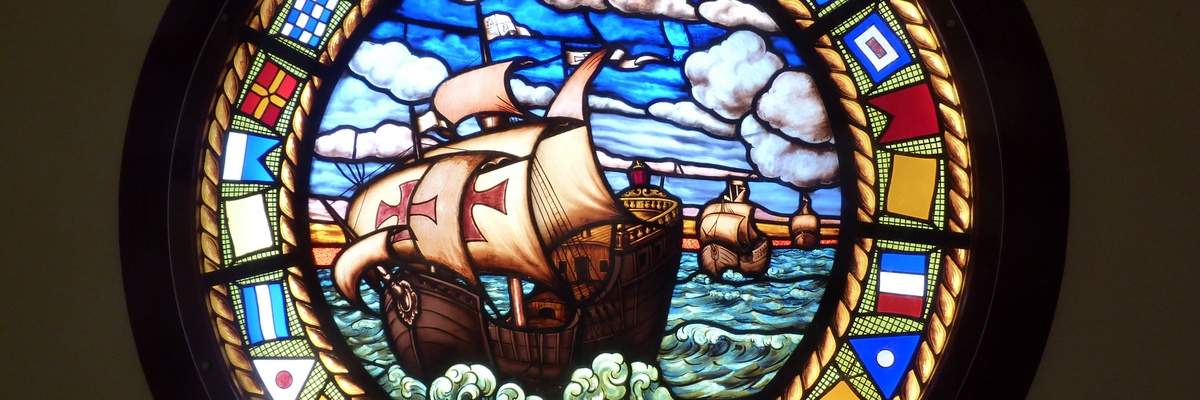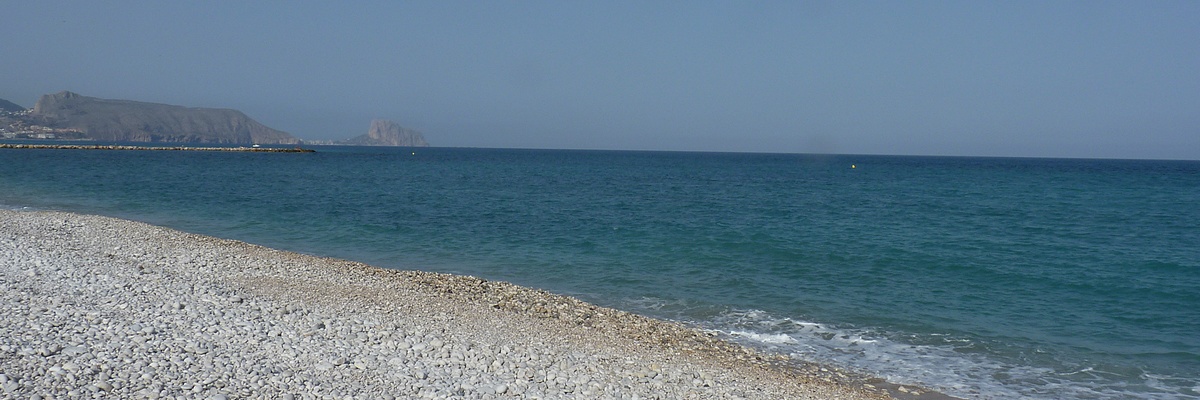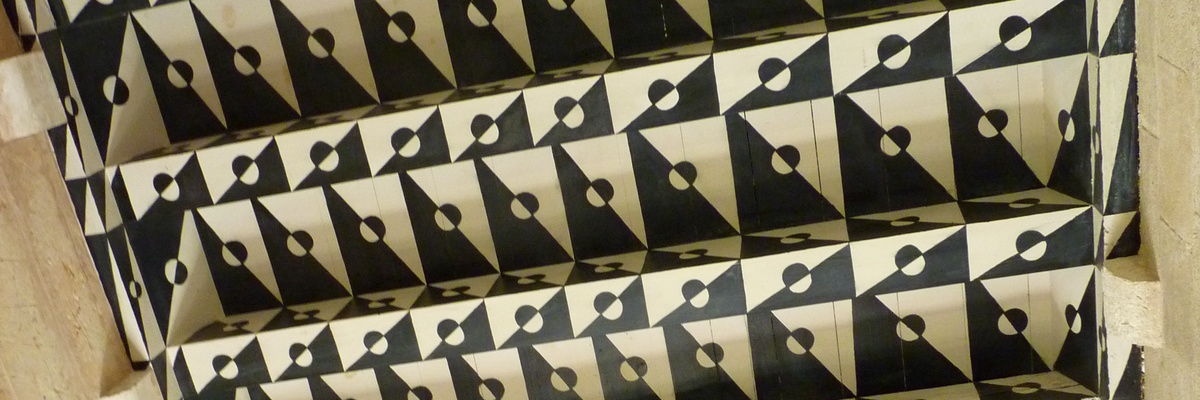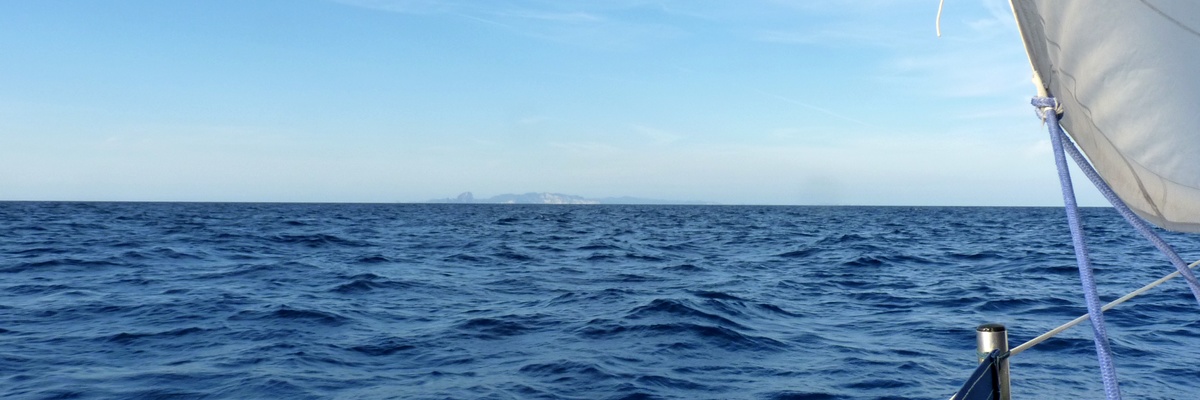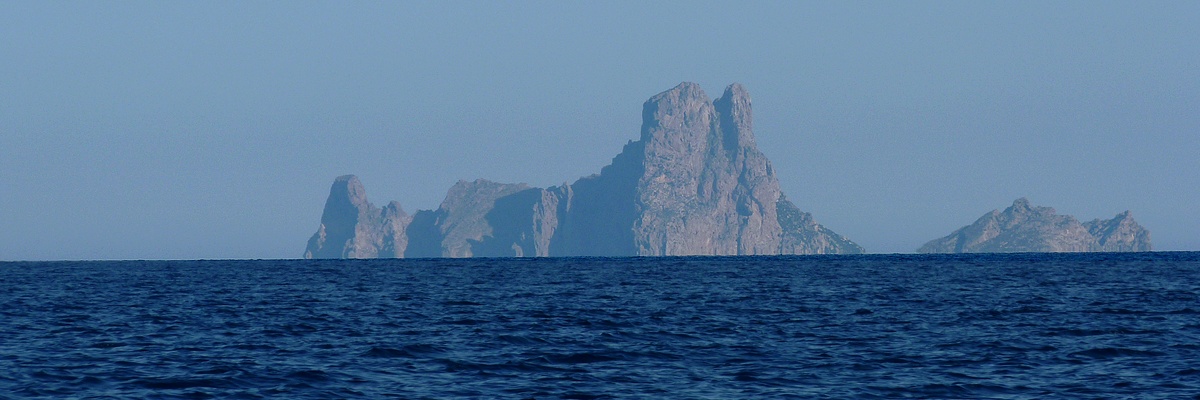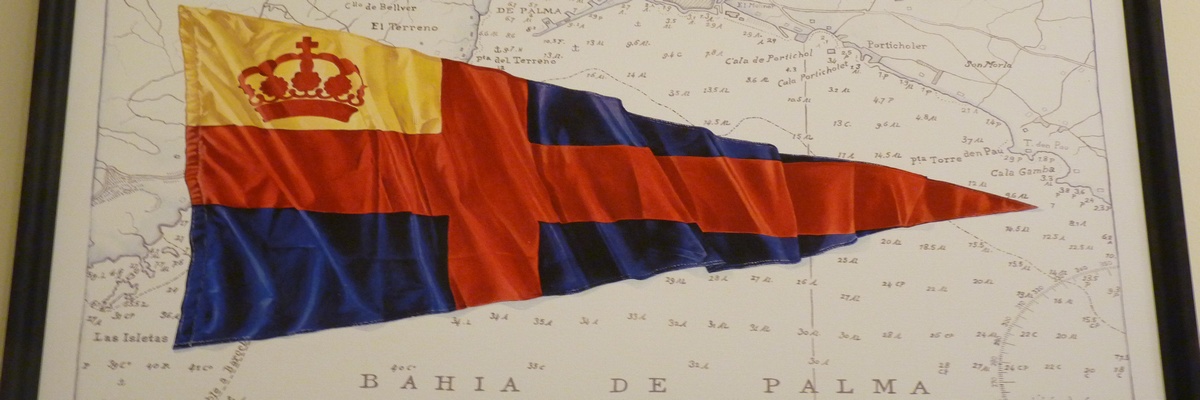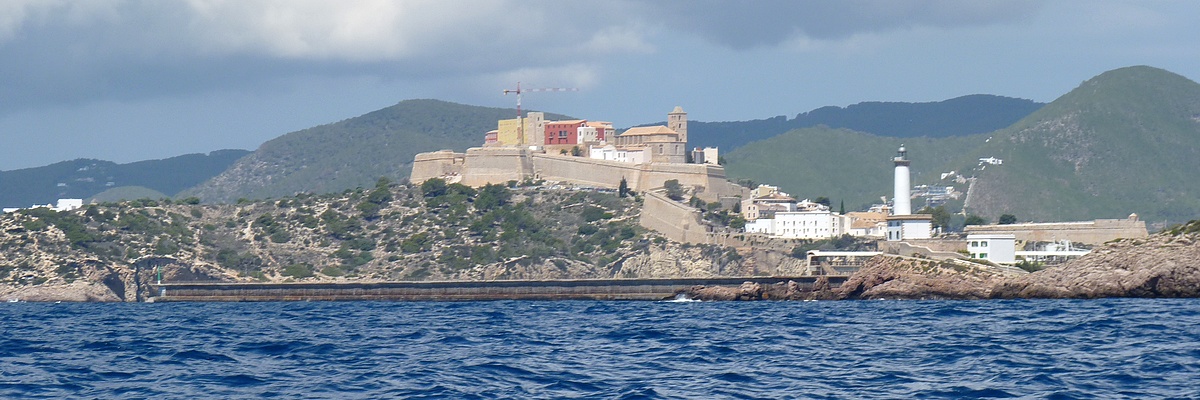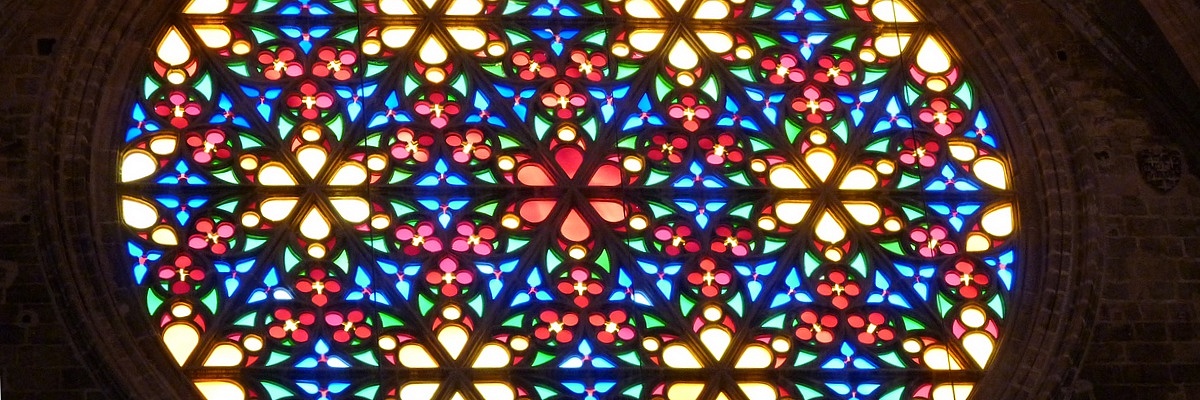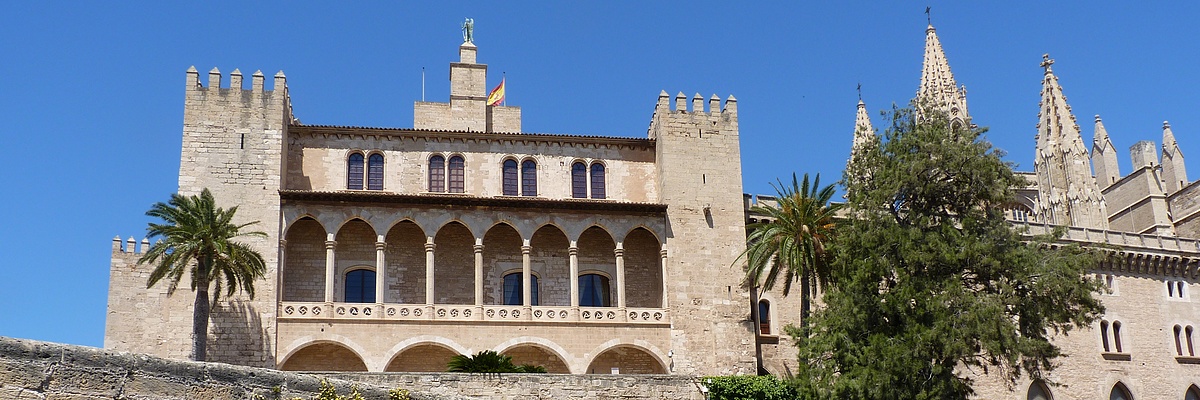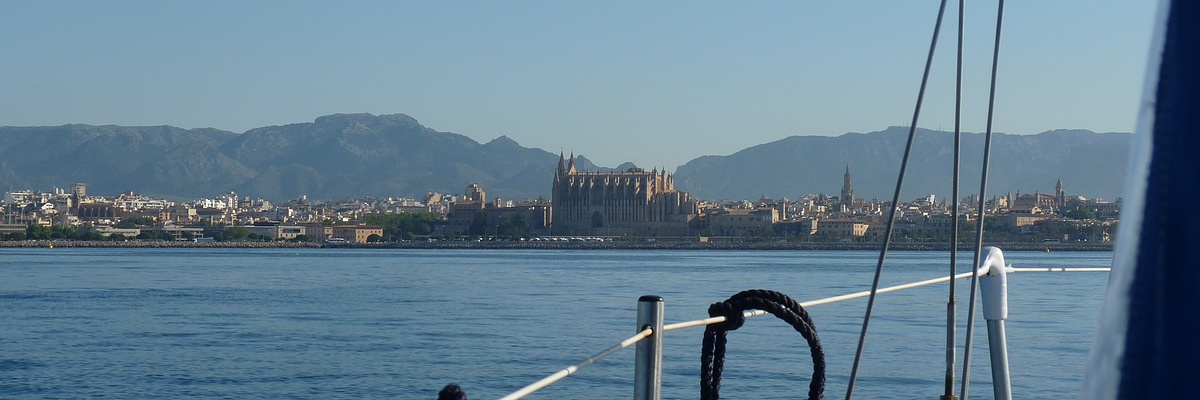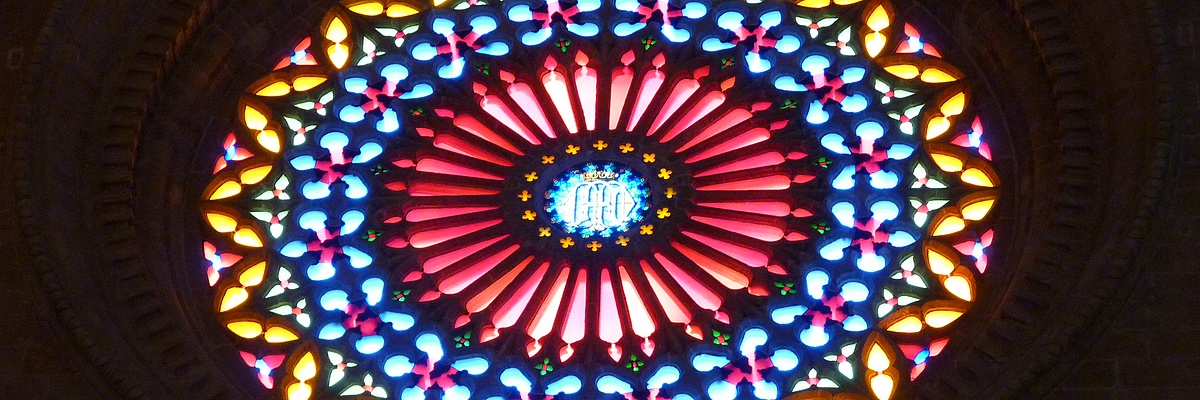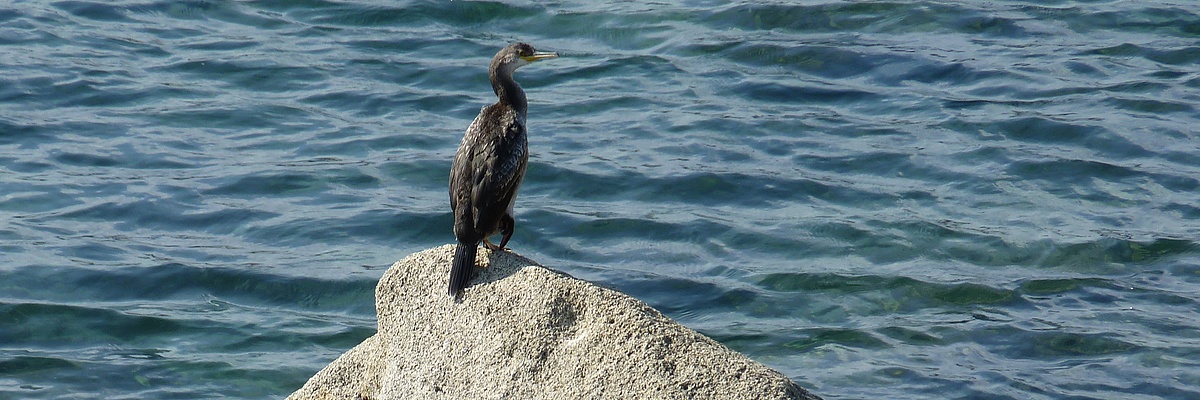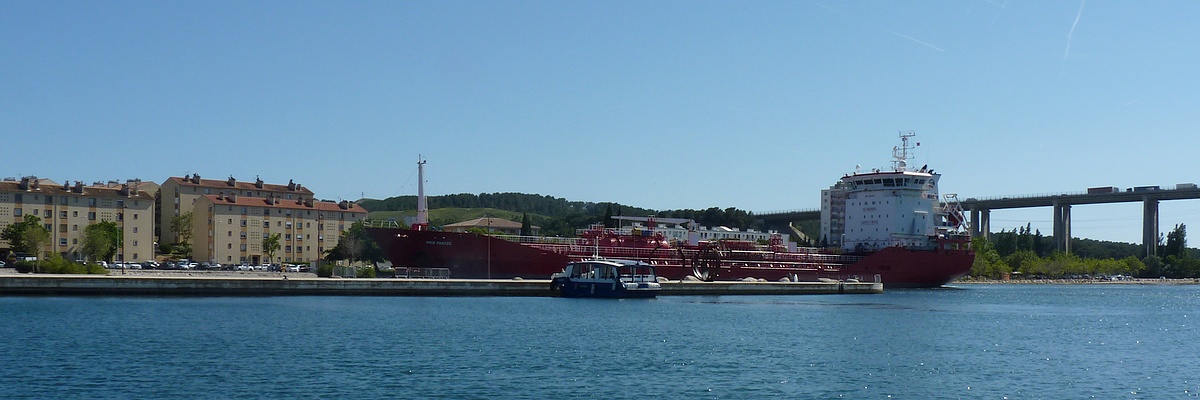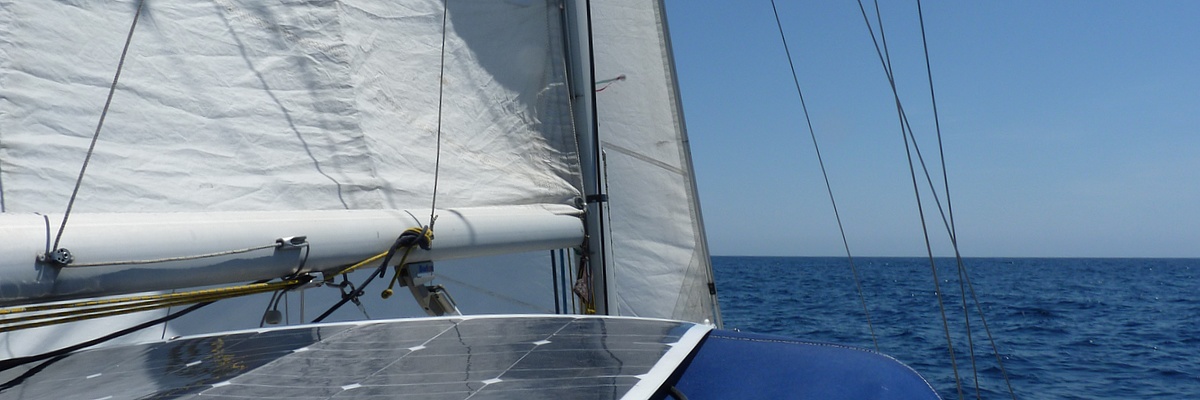 Sailing Season 2024 - Valencia, Torrevieja, Balearic isl. (island of Ibiza & Mallorca)
Sailing Season 2024 - Valencia, Torrevieja, Balearic isl. (island of Ibiza & Mallorca)
|
|
First days of May on the way to Valencia, some views of the journey and the brief stopovers already known and presented in previous seasons but some of which are of some interest. Wind and pleasant weather are part of the trip. At the start, an area that could well become a large marine field of wind turbines. Deteriorated rainy weather and rough seas between Barcelona and Benicarlo, a shock on a wave unbalances the skipper somewhat, knocking him over onto Blondie's arm, the autopilot, breaking it cleanly. Blondie being essential, the sailboat was stopped for an hour or so. The repair was epic due to the rough sea but ultimately solid as can be seen in image 23. The autopilot continues to be used in this way. Beautiful images of the Peñíscola peninsula, listed as one of the "Most Beautiful Villages in Spain" and located a few nautical miles south of Benicarlo. Also note this encounter with several schools of hundreds of "Velella velella", also known as Jack-sail-by-the-wind or Purple sail a hydrozoan that is about 5 to 6 cm long living on the surface of the open sea (images 9 and 10) and close to siphonophores such as the physalia. Below is a short video taken in Valencia in the very lively Barrio del Cabanyal on Sundays. Below is a video showing the repair of Blondie autopilot and its operation. In the sun, it is best to cover this autopilot with a thick white cloth to protect it and the control buttons from heat and UV rays. |
|
|
The "Marina de València" occupies the old commercial port. The berth assigned to Petit Prince 2 upon our arrival was located on the channel leading to the large terminal dock adjacent to the commercial port and the trans-Mediterranean terminal. Very uncomfortable, it was located opposite the building of the Sailing Federation of the Valencian Community. In addition, the sanitary equipment, although clean, were very spartan and also very uncomfortable, the showers have no door or curtain and are facing the entrance door. And that's without counting the significant noise until late at night caused by the Veles e Vents establishments on the quay. After a complaint, we were assigned a berth in the "Marina Norte" which was much more pleasant, quieter and better protected from the wind and turbulence when boats passed by. In this slideshow, we will discover the old restored sheds located around the large dock and which were used in the past for unloading goods and selling fish. The commercial terminal (Terminal Trasmediteránea), whose entrance is located at the end of the dock, welcomes cruise ships, shuttles and large charter sailing ships. |
|
|
The historic city center is located about 3 km from the marina. To get there quickly, take tram line 8 at the terminus near the dock. The tram goes to the metro station, which you must take to reach the "Colón" station. Take the ticket at the terminal at departure. This ticket is a little unusual. Once validated, you can change metro (or tram) as many times as necessary during twenty minutes. And do not throw away this ticket because it has a cost and it is simply rechargeable. The main monuments are around the Plaza de la Reina district, and in the middle of the old town. There you will discover the Miguelete tower from the 14th century next to the cathedral. Unfortunately, there are only a few buildings left of what was the medieval fortified city. But the most emblematic is certainly the magnificent gate of the "Towers of Serranos" built in the 14th century. At that time the fortified city had twelve gates, of which only two remain. |
|
|
At the end of the journey from Valencia, I was expected here to meet my Belgian radio amateur friends who regularly follow my travels. Thanks again to them who allow me to keep daily radio contact with the land when I am at sea. Thanks also for the warm welcome on my arrival. It was natural that the meeting point and a stopover at the Real Club Nautico were required. These nautical clubs are my favorite because of their comfort and their old-fashioned charm that goes so well with the sailing of yesteryear. The port of Torrevieja, quite large, however includes two other marina. |
|
|
Torrevieja is located on the site of two salt lakes, one pink and the other one green, suitable for salt production. The place had been known since antiquity but it was at the beginning of the 19th century that it became important with the installation of the administration of the Royal Saltworks in the hamlet of La Mata. Torrevieja, whose name comes from the old watchtower located near the salt areas and the old pier from which the salt was partly sent to various ports in the Caribbean, gradually developed there. Around the salty lakes there are now vineyards of Merseguera grapes that produce a unique natural white wine, see comments images 12 & 14. |
|
|
In the style of the merchant bourgeoisie of the early 20th century, this elegant casino was built in 1896. It is a cultural society and you must be a member to enjoy its benefits. Past the terrace at the entrance, you enter a magnificent main lounge with a coffered ceiling followed by a Moorish-style patio dating from 1901. Access to the casino is reserved for members, however the terrace and lounge are open to the public. If you want to have a drink or eat in a charming atmosphere from another era, do not hesitate. Be careful, in the lounge, the row of tables along the windows remains exclusively reserved for members. It is also a place where major cultural events are organized. The floor with the terrace overlooking the marina is reserved for members, but I was exceptionally authorized to access it on the condition of remaining discreet and not disturbing the people who were there. This is the subject of the images in this little slideshow. |
|
|
Back to Altea which needs no introduction, this was done in pictures (in particular the very beautiful old town, please look at Season 2019 - 2nd part, thumb image: gallery 4). A few more pictures in this slideshow more dedicated to the boat stopover. Beauty of the landscape, very pleasant Club Nautico, calm, relaxation and good food are on the menu of this meeting as well as some good useful addresses (all in pictures). Below, on the left, a video taken while sailing from Torrevieja to Altea, on the right, the beach, the Bay of Altea and the rustling of the pebbles to the rhythm of the waves |
|
|
Crossing of about 65 nautical miles from Altea towards the island of Formentera. A stable wind is blowing, arrival very early in the morning. It was planned to stop at Puerto de la Savina but the incessant traffic of ferries, shuttles, pleasure motor boats with Ibiza makes me give up while we were a mile from the entrance to the port. I am looking for calm and therefore no point in wasting time here. I decide to continue towards Ibiza a dozen miles away which will not be worse... The conditions are excellent to cross the passage between the island of Espalmador and the island of Ibiza. Two hours later and an hour of waiting to be able to enter the port because of the arrivals and departures of large ferries, I can finally enter the port and head towards the Real Club Nautico where a place will be refused me because supposedly full (half of the pontoons were empty). By asking the marinero who received me to help me, I managed to get a berth at the Marina Port Ibiza. Located directly on the quay of the old town, the service is excellent, but it is uncomfortable because there are no facilities except water and electricity at the pontoon. Do not buy anything in the shops near the port, they are useless junk sold at a high price. The only interest is the visit to the old town where, from the top, you have a nice view over the city below, the port and towards Formentera. Look at the images in the slideshow or in the video below. |
|
The Marina Port Ibiza where I got a berth for the sailboat unfortunately does not have any convenience except electricity and water at the pontoon. Too bad because the location is ideally located on the quay at the foot of the old town. But a stone's throw from the pontoon, at the corner between Calle Comte Rosselló and Paseo Vara de Rei, I found the Ibiza Hard Rock Café which was going to serve for me as a sort of clubhouse. The establishment is clean, well-kept and lively, most of the time, with retro rock music and every evening there are good musicians. In addition, you can eat there, have a drink or a coffee for a reasonable price and a fairly classy service. For fun, I deliberately left the four short videos that I filmed there. It's live! They look alike, it's up to you to choose! |
|
Short video showing the coast from Ibiza Port towards the northern end of the island. At the end of the video you can see the island of Tagomago which marks the entrance to the Mallorca Channel and the start of the crossing to Palma. |
|
|
Short video showing the coast of the Bay of Palma between the Cape of Cala Figueira and the entrance to the port of Palma. This stopover was presented in detail last season. This year I am returning by boat. The following slideshows concerning Palma therefore usefully complement the previous ones. South-east wind 3 to 4 established along the east coast of Ibiza for this journey towards Palma. Very beautiful night crossing of the Mallorca Channel and arrival in the Bay of Palma in the early morning. Warm welcome at the comfortable Real Club Nautico de Palma where I have the pleasure of meeting Ini, operator of an amateur radio station in Palma and whom I have contacted several times from my land radio station and also from the radio station on the boat. He will show me a district less known to tourists and the little secrets of the facade of Palma town hall (images 60 to 66) as well as his favorite café-restaurant. See you soon Ini, and thank you for this beautiful meeting, we stay in touch on the air. |
|
|
First of all, some pictures of the walk between the marina and the Palace. We pass along old fortifications that lead to the Consulate of the Sea, a medieval institution linked to the law of merchants and today the seat of the presidency of the government of the Balearic Islands. A few steps away is also the Loggia de Palma, a Gothic masterpiece from the 13th century. The loggia was a stock exchange and the seat of the merchants' college. Interesting visit to the Almudaina Palace from where you have a very beautiful view of the harbour and the bay of Palma. |
|
|
This season, visit the imposing Gothic cathedral which is the emblematic monument of Palma. It faces the Almudaina Palace. The interior is illuminated by seven rose windows in bright and shimmering colors, the main one representing a Star of David. The cathedral is animated by a very particular astonishing phenomenon, precisely calculated by the architects of the Middle Ages when it was built. Twice a year, on November 11 (Saint Martin's Day) and February 2 (the day of the Virgin of Candelaria) around eight o'clock in the morning, a ray of light comes from the main rose window projecting it under the rose window on the opposite wall of the nave. (description in the slideshow) Exterior view and interior view of the Catedral-Basílica de Santa María also known as La Seu. |
|
|
The tour of the old town and the marina was presented in the previous season. In this slideshow, some additional views of Palma as well as views of the neighborhood where my radio amateur friend Ini lives. There is also some exterior views of the cathedral. And also some views taken at the Museum of Contemporary Art Es Baluard and the surrounding area while walking around. |
|
|
Each sailing season is characterised by an unusual event. The weather is not always mild in the Mediterranean. From time to time, the flows coming from the south bring these dusts of sand from the Sahara in clouds that can cover large areas and can sometimes stagnate for several days in a given area. Here, leaving Palma towards Barcelona, in some places the visibility did not exceed half a nautical mile and the daylight was greatly reduced. Great vigilance was required, especially at night. The journey was impacted by the cloud until halfway across the Balearic Sea. On the arrival at Barcelona, the deck and sails were covered in pink powder and a general rinse was more than necessary. |
|
A well-established downwind is once again present during the ascent between Barcelona and Rosas. It will ease on arrival at the end of the night at the entrance to the port of Rosas. |
|
|
Obligatory stopover in Rosas already presented previously, before crossing the Gulf of Lion. This time, visit of the Castillo de la Trinitat at Punta d'els Palangres. This fort, clearly visible as you approach the port, formerly protected it and plunges us into the heart of the 1500s. It offers a very beautiful view from above over the port and the entire Bay of Rosas, l'Escala and the Medas Islands in the distance. |
|
|
A final stopover, already known because Petit Prince 2 had stopped there briefly during the 2019 voyage. Well protected, this vast port is pleasant and quite comfortable to wait for the right moment to pass Cape Creus (the easternmost point of Spain) and cross the Gulf of Lions to France. A little anecdote on the way back. When going up the Canal de Caronte towards the Étang de Berre I got a little too close to the bank and Petit Prince 2 ran aground slightly on a sandy bottom. After various unsuccessful attempts to get out of this situation I called Horizon Marine who sent a motorboat and in a few moments the sailboat was maneuverable again. Thanks again for the great service! |
|
Short video showing the boat galley, here in navigation. It's convenient, everything is at hand without having to move much and for safety, gimbaled stoves. |
|
Thanks to the shipyard Horizon Marine for its help in the Canal de Caronte and for the excellent service. Thanks also to the marinero of the Real Club Nautico Ibiza for his intervention in finding me a berth for the boat in another marina in the port. And warm thanks to Jean from the ON5JV/EA5HZB radio station for the nice welcome in Torrevieja and the daily radio communications during the whole trip. Thanks also to Paco, ON6LP/EA5GVJ, for the interesting conversations in Torrevieja. Thanks also to Ini, EA6EJ, for the nice welcome in Palma and the radio contacts. We all stay in touch until my next visit. |
